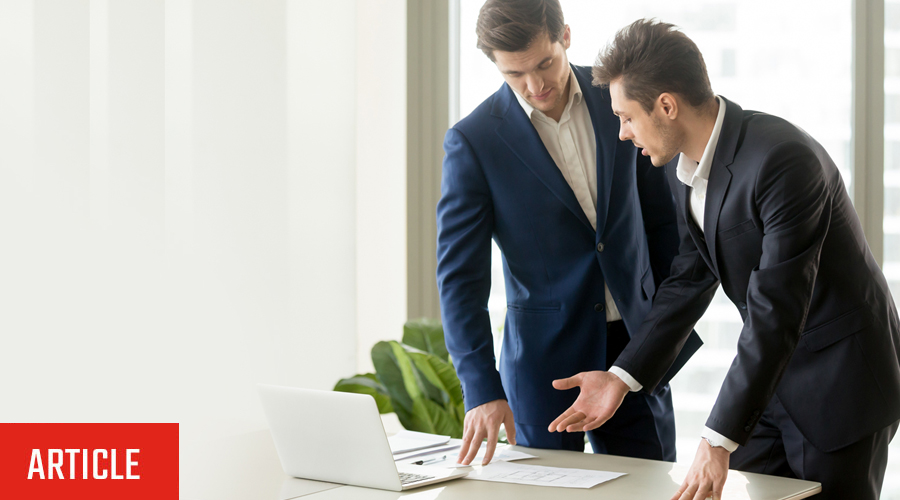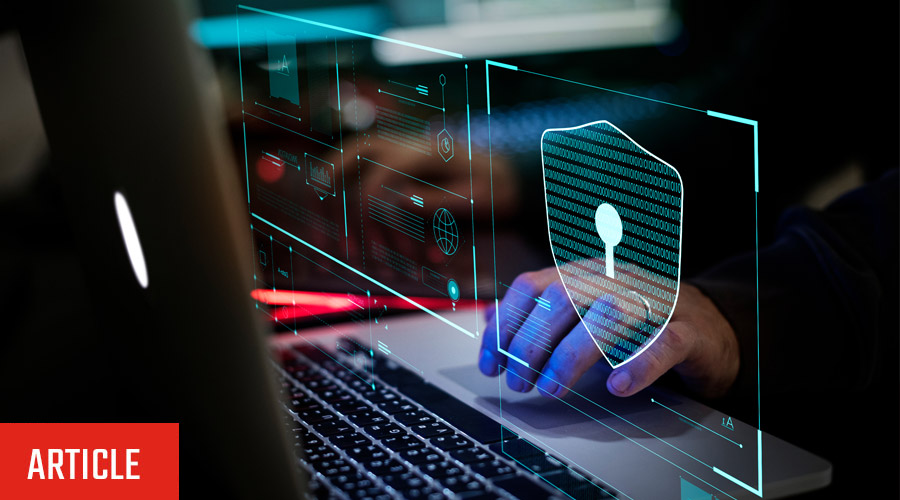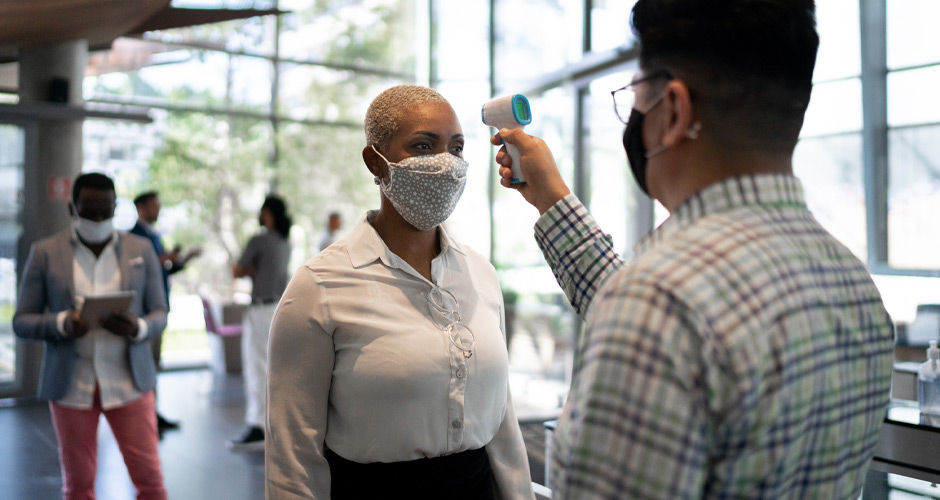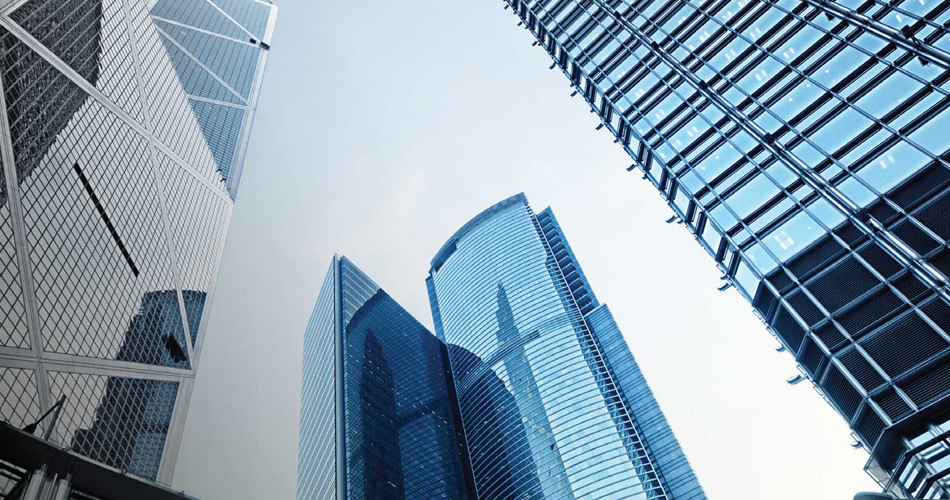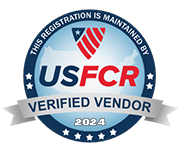GSX
Documentation

This just in: groundbreaking patent approved for physical access technology.
We live in an era where security needs are constantly evolving, and traditional access control systems struggle to keep up.

Predicting the three biggest trends for security in 2024
Blog 2023 was quite the year for security. OpenAI entered

Alert Enterprise customer success on full display at GSX 2023
Blog Alert Enterprise customer success on full display at GSX

Unlocking the Future of Infrastructure Security: Alert Enterprise and SAP’s Trailblazing Edge-to-Cloud Collaboration
In the wake of emerging cyber-physical threats and the rapid evolution of edge computing, ensuring robust critical infrastructure security has never been more paramount.
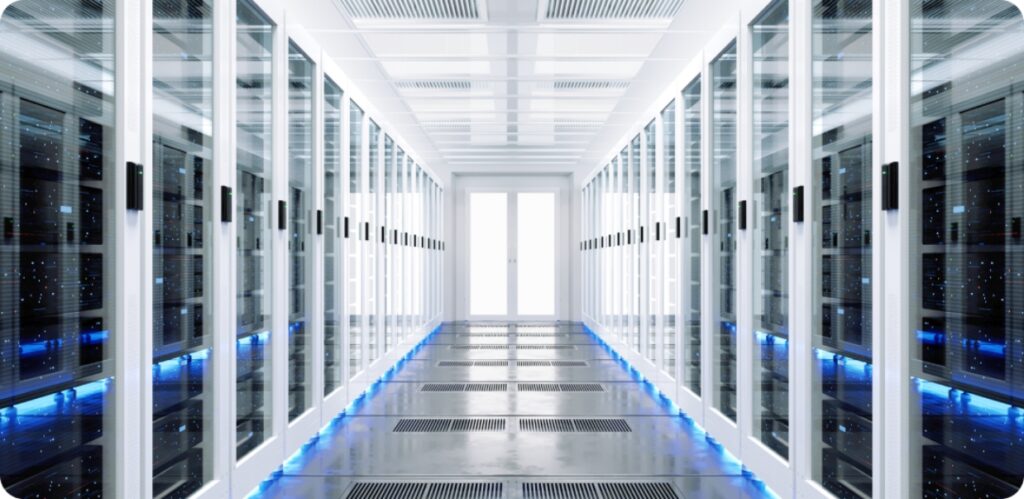
How generative AI helps mitigate outsider and insider threats for a major financial institution
The threat landscape is always evolving as attackers grow smarter and technologies become more advanced.

Making Security a Business Enabler – How to Create a Security 360 Program
In the fast-paced, digitized world we live in, security has taken center stage as an uncompromising necessity, its importance reverberating louder than ever before.

Security Silos are Expensive and Risky – Its Time to Shatter Them Once and for All
Blog Our evolving digital landscape, spurred on by remote workforces,

Beyond the hype: Exploring a new world of chat bots and AI technology – securely
Blog Beyond the hype: Exploring a new world of chatbots

Evaluating access control systems: From DAC to PBAC
In today’s rapidly evolving cyber-physical landscape, securing access to sensitive
Your employees need fast, simple access to the doors and areas where they work. But you also have to keep those same physical spaces secure and in compliance. Ensuring only the right people get the correct level of access
The software automatically vets visitors against internal and third-party watch lists and provides
configurable alerts and workflows based on visitor status, creating critical new layers of protection for staff, patients and visitors alike. The integration will help healthcare providers deliver a higher standard of security and compliance while providing a positive, friction-free guest and host experience.
Policy-based access control (PBAC) has proved too complex for most physical access control systems (PACs) – until now. As organizations across industries face evolving security threats and more complicated hybrid work schedules for every type of employee, PBAC just might be the Zero Trust physical security solution we’ve all been waiting for.
Security is of the utmost importance in the healthcare setting so that patients and staff alike can focus their attention on improved clinical outcomes. Unfortunately, visitors are often a contributing factor to safety incidents – and the burden on hospital staff has increased exponentially since the onset of the pandemic. Let’s review the current state of healthcare workplace safety and how an automated, cyber-physical approach can help eliminate administrative hassle and strengthen safety protocols.
Every second, 127 new IoT devices connect to the internet according to Security Magazine. And
that’s not including personal devices like smartphones or tablets. The cyber-physical world is here to stay – and it brings with it an ever-expanding attack vector, plopped in the lap of the modern enterprise to try and protect.
At the enterprise level, physical security has taken a backseat to growing cybersecurity concerns over the years. However, with new COVID-related initiatives centered on managing workplace access, the physical team has a chance to take a seat at the executive table and make a meaningful impact on digital transformation efforts.
Protecting enterprise data is a top priority for everyone at Alert Enterprise. We’re constantly updating our processes, tools and practices to make sure our solutions effectively mitigate risk and maintain confidentiality while enhancing productivity. As part of that effort, we’re happy to announce that we have successfully completed Service Organization Control (SOC 2) Type 1 Audit certification.
According to the U.S. Bureau of Labor Statistics, a record 4.4 million Americans quit their jobs in September 2021. And while no one determining factor fully explains the “Great Resignation,” economists and psychologists alike suggest that changing attitudes toward the role of work in the human experience – should it come before childcare? Is it worth viral exposure? – are a key driver.
Protecting the modern enterprise tends to become a task of safeguarding against digital threats – and with good reason. According to the Ponemon Institute’s 2021 “Cost of Data Breach Study,” the average cost of a data breach in the United States has hit an all-time high, coming in at a cool $4.24M – up 10% from last year.
But as hybrid models take the lead in shaping the future of work, many executives don’t feel prepared to support the operational shift. In a recent survey by Riverbed and Aternity, only 32% indicated that they were “completely prepared” for a transition to hybrid work. Among other challenges, leadership faces new complexities in digital and physical access management that threaten both the employee experience and a company’s overall security posture.





